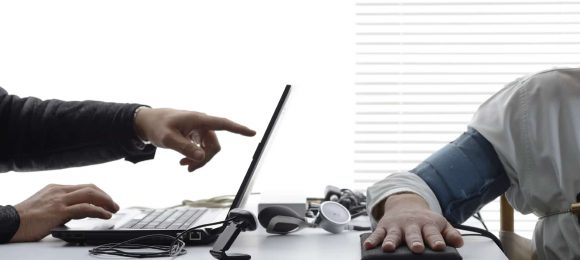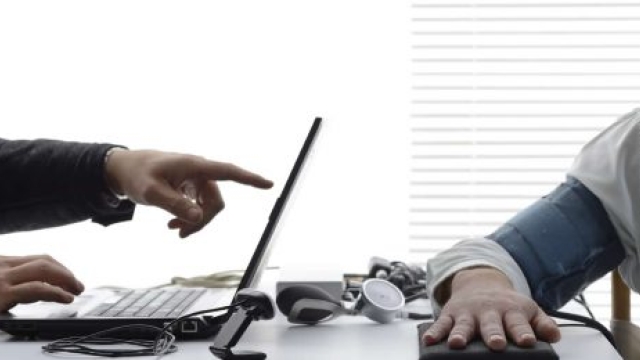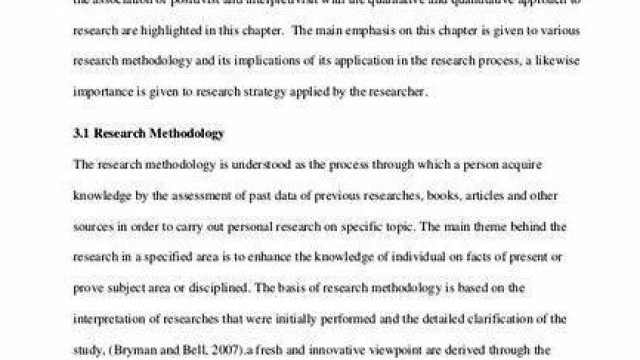
In a world where trust and honesty are highly valued, the lie detector test stands as a tool of scrutiny and revelation. The notion of being able to uncover deception through physiological responses has captivated the minds of many over the years. Whether it’s in the realms of law enforcement, employment screening, or personal relationships, the promise of the lie detector test to reveal the truth has generated both intrigue and controversy.
History of Lie Detector Test
The origins of the lie detector test trace back to the early 20th century. It was developed by John Augustus Larson, a police officer and physiologist, in the 1920s. Larson’s invention, known as the polygraph, aimed to detect deception by measuring physiological responses such as heart rate, blood pressure, and sweating.
Over the years, the lie detector test gained popularity in law enforcement and security settings as a tool to aid investigations and interrogations. Despite early criticism and controversy surrounding its accuracy, the polygraph continued to be used in various contexts, including employment screenings and government security clearances.
Polygraph
Advancements in technology have led to improvements in the design and functionality of lie detector tests. Modern polygraphs are more sophisticated and precise, incorporating computerized data analysis to interpret physiological changes and provide more reliable results.
How Lie Detector Tests Work
Lie detector tests, also known as polygraph tests, operate on the principle that subtle physiological changes in the body signal when a person is being deceptive. During a test, various sensors are attached to the individual to measure parameters such as heart rate, blood pressure, respiratory rate, and skin conductivity.
As the person answers a series of questions, the polygraph machine records fluctuations in these physiological responses. The examiner then analyzes the data to identify patterns that might indicate deception. It is important to note that while these tests are considered accurate by some, they are not foolproof and can be influenced by factors such as anxiety or other emotional states.
Despite their limitations, lie detector tests have been used in various settings, including law enforcement investigations, employment screenings, and even in reality TV shows. The use of polygraph tests remains controversial, with critics questioning their reliability and the potential for false positives.
Accuracy and Controversies
When it comes to the accuracy of lie detector tests, opinions are split. Some proponents argue that polygraph tests are highly accurate, with studies showing a success rate of over 90% in detecting deception. However, critics point out that factors such as a person’s emotional state, level of anxiety, or even the skill of the examiner can significantly impact the results, casting doubt on the reliability of these tests.
One of the main controversies surrounding lie detector tests is their admissibility in legal proceedings. While some jurisdictions allow polygraph results as evidence in court, many others deem them to be unreliable and inadmissible. This debate raises questions about the validity and objectivity of the results obtained through polygraph examinations, highlighting the need for further research and standardization in the field.
In recent years, technological advancements have led to the development of computerized lie detector tests, which claim to offer increased accuracy and objectivity compared to traditional polygraph examinations. However, these advancements have also sparked ethical concerns regarding privacy, consent, and the potential misuse of such technology, adding another layer of complexity to the ongoing debate surrounding lie detector tests.



